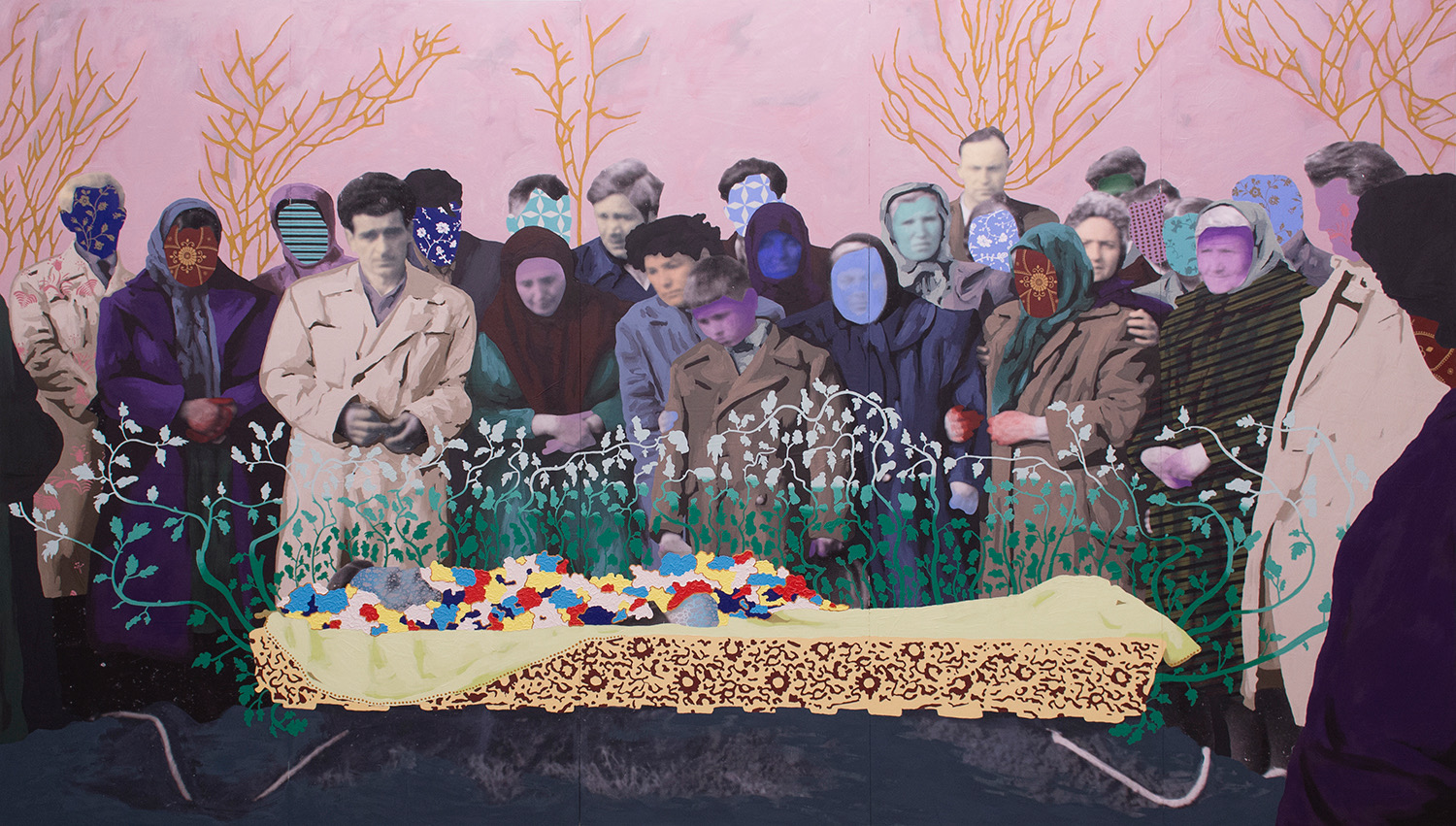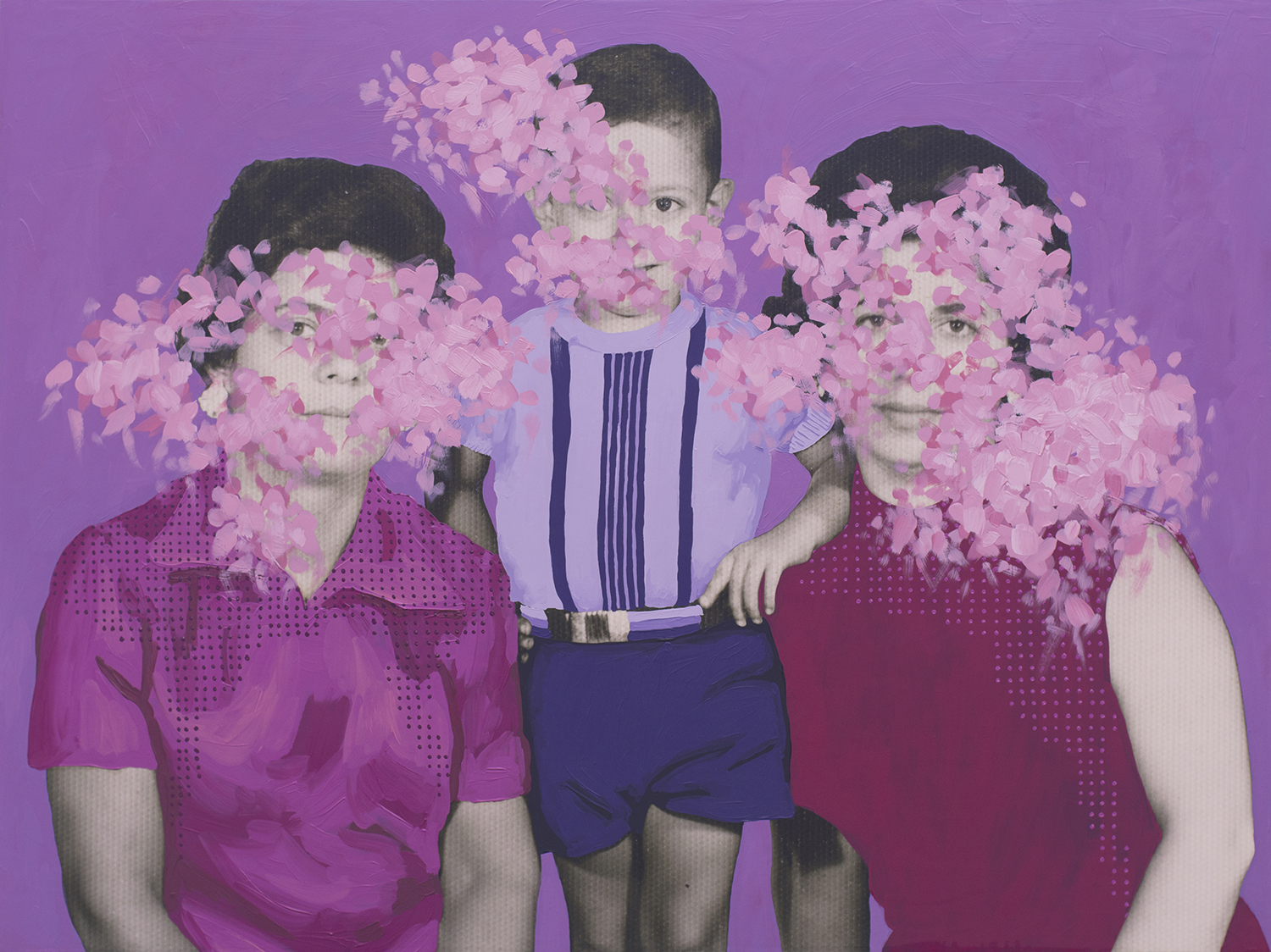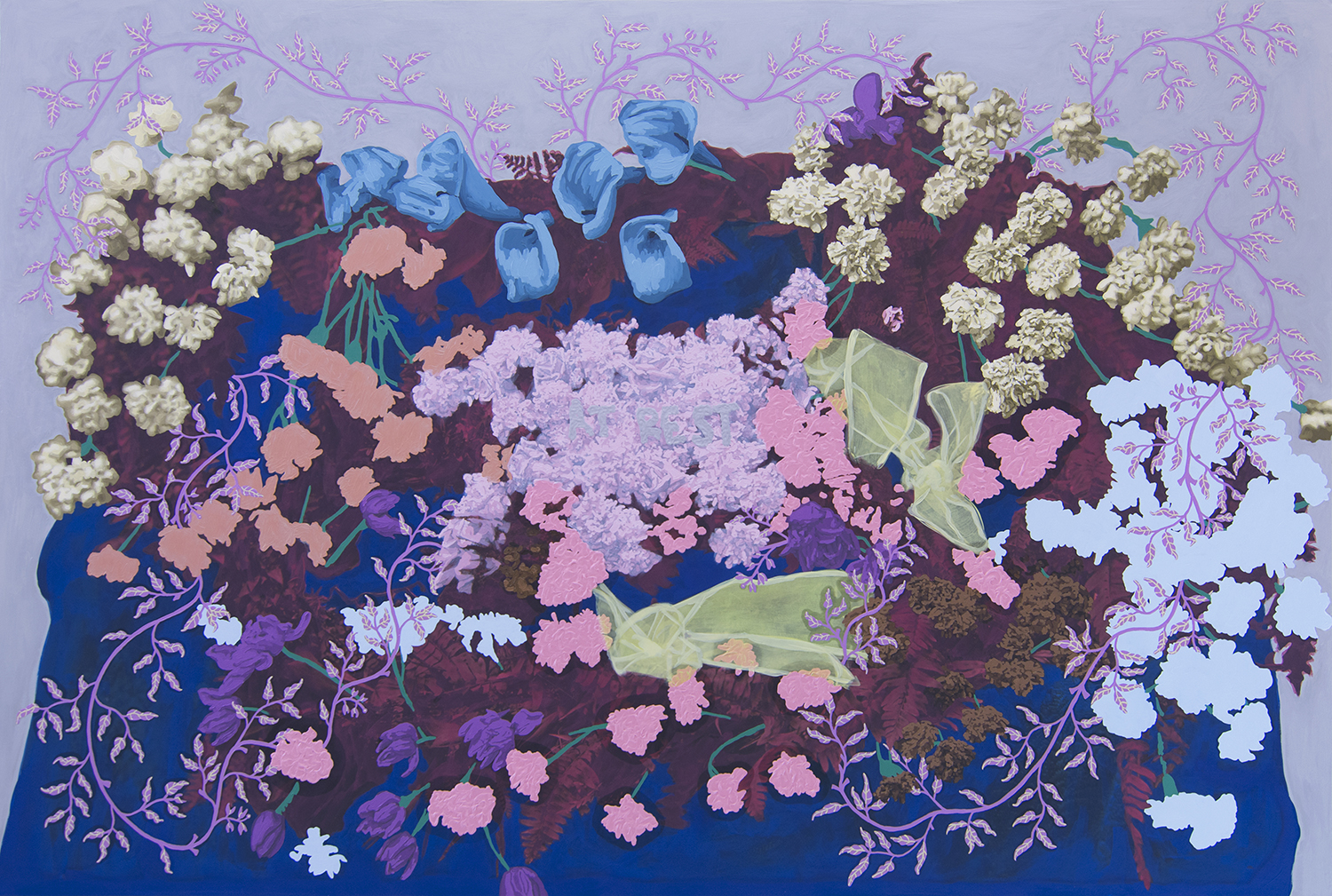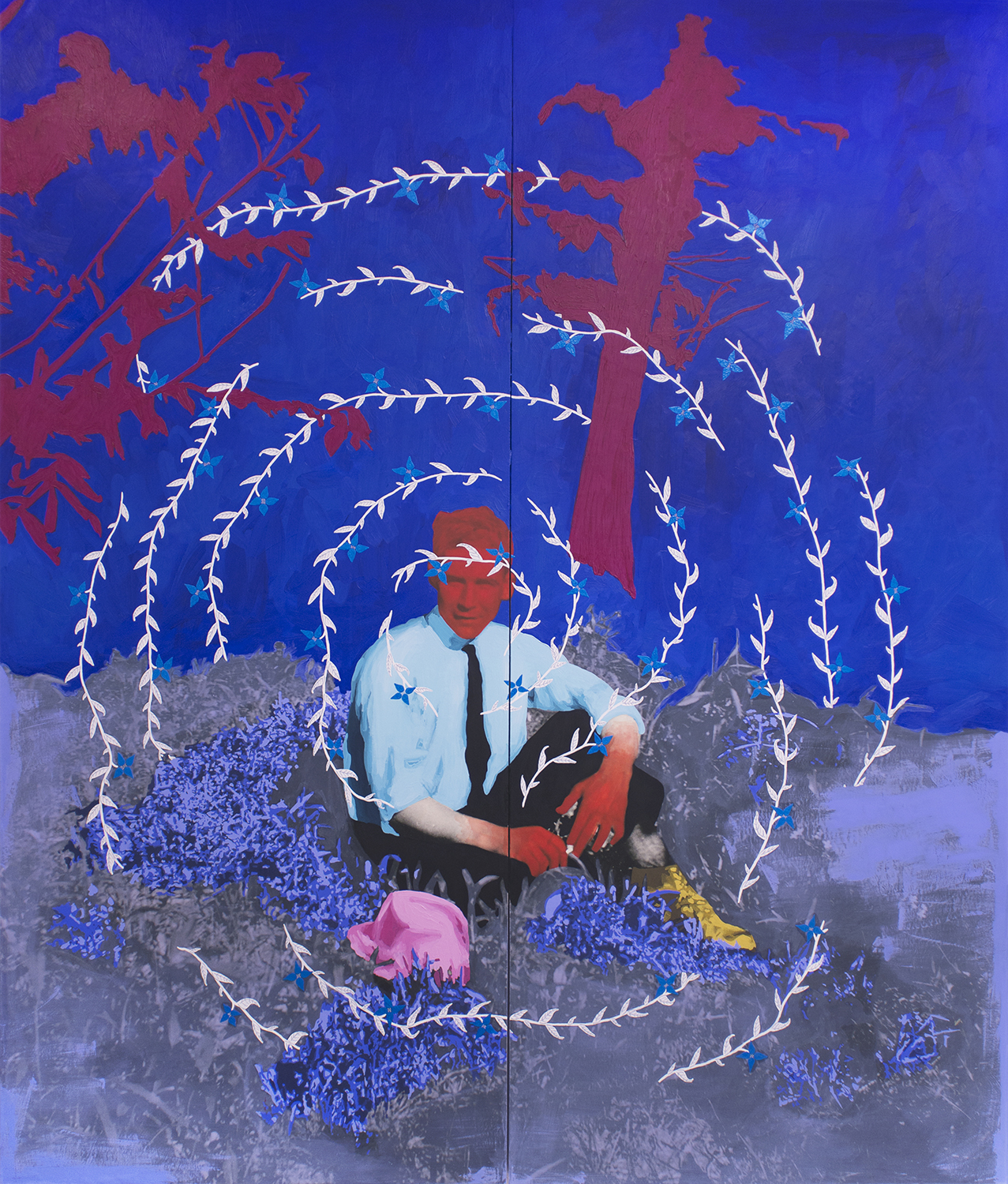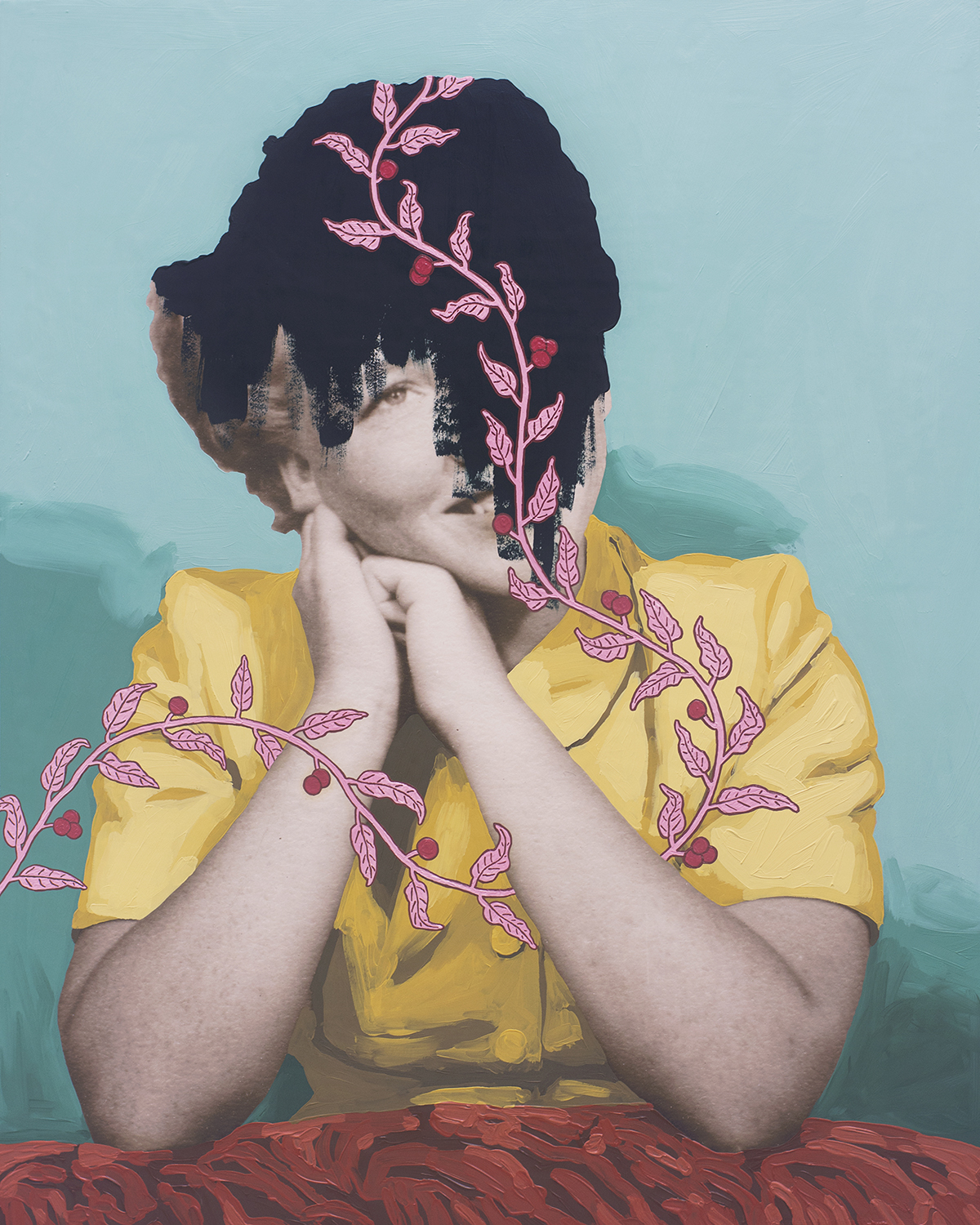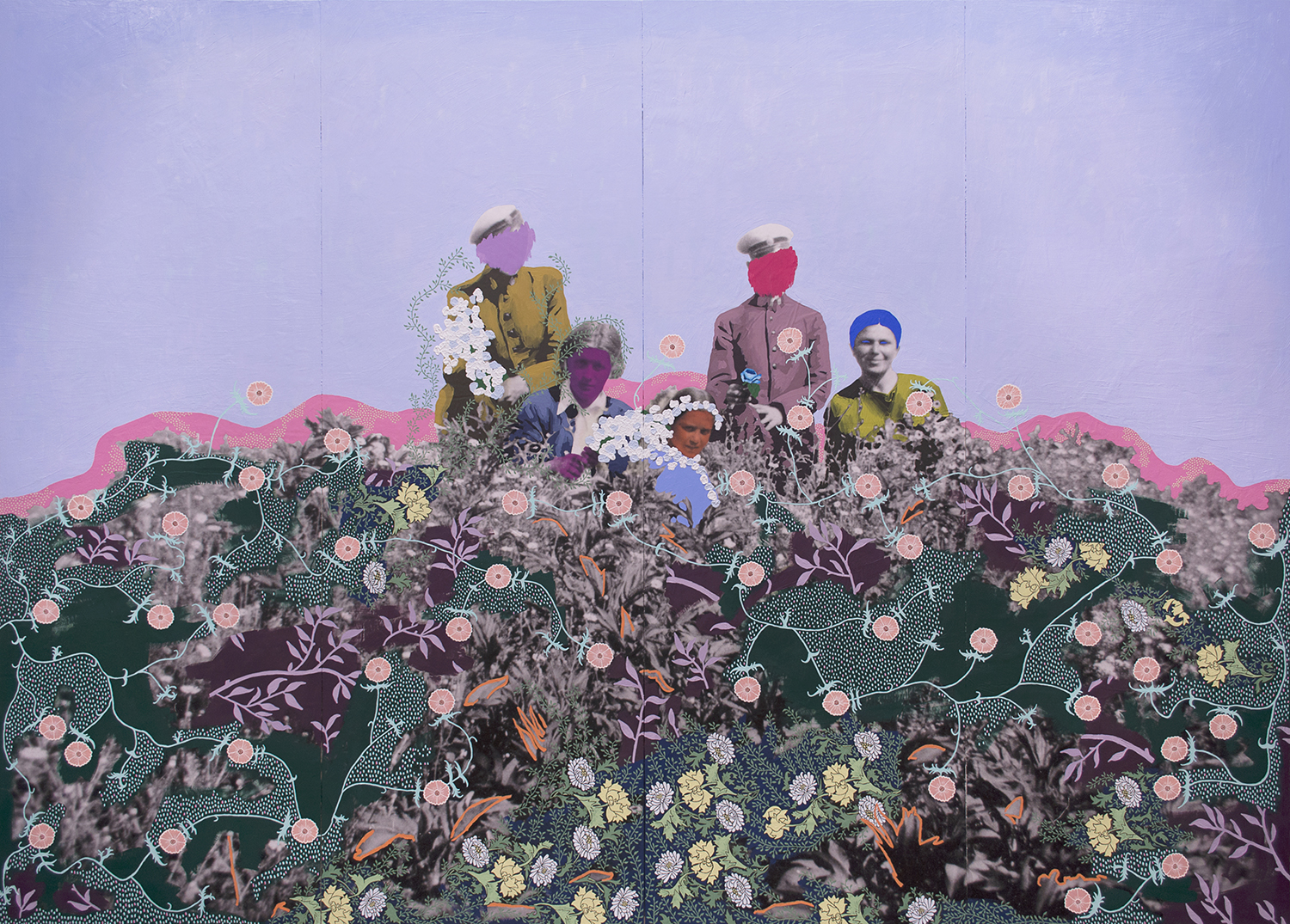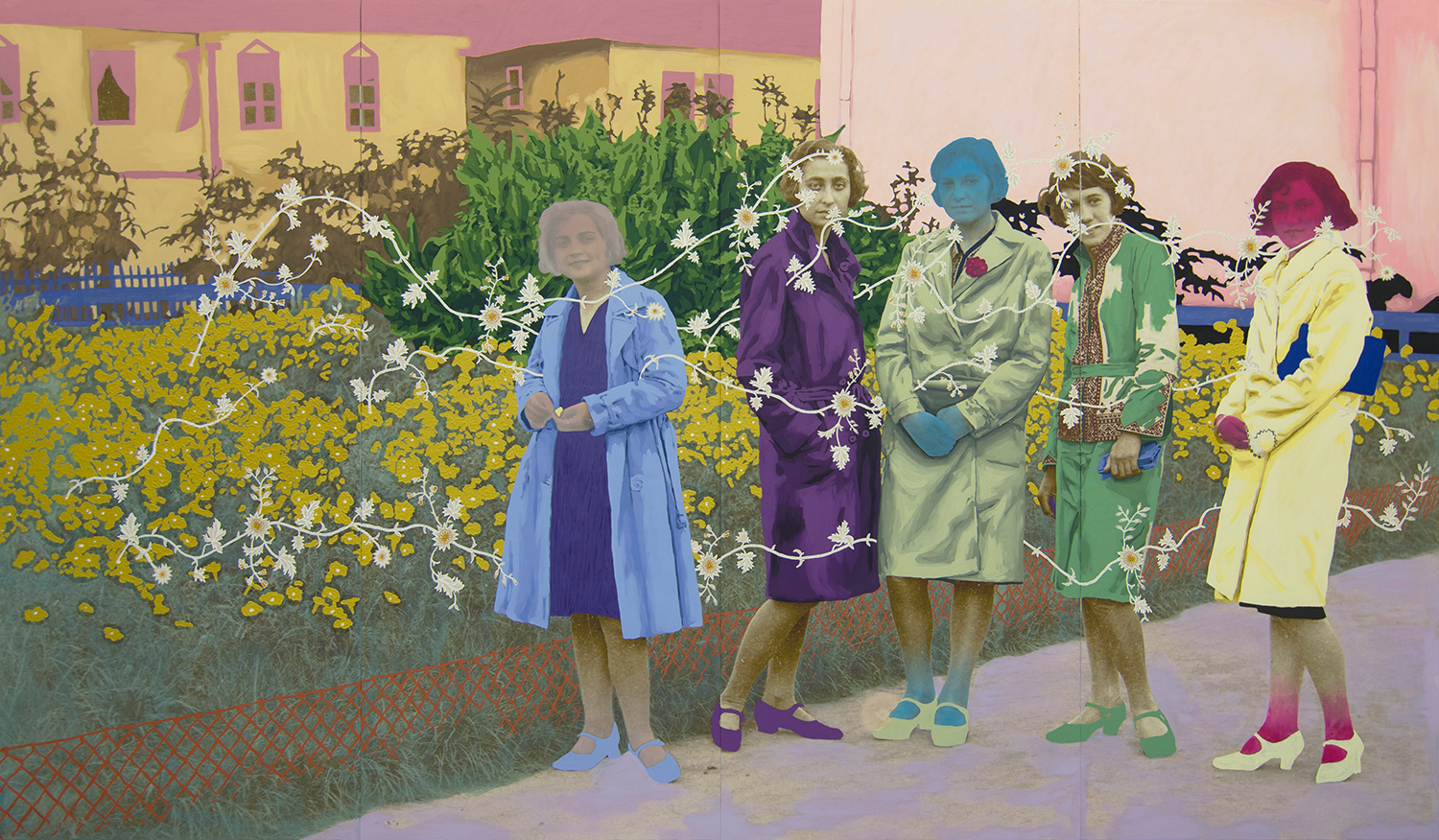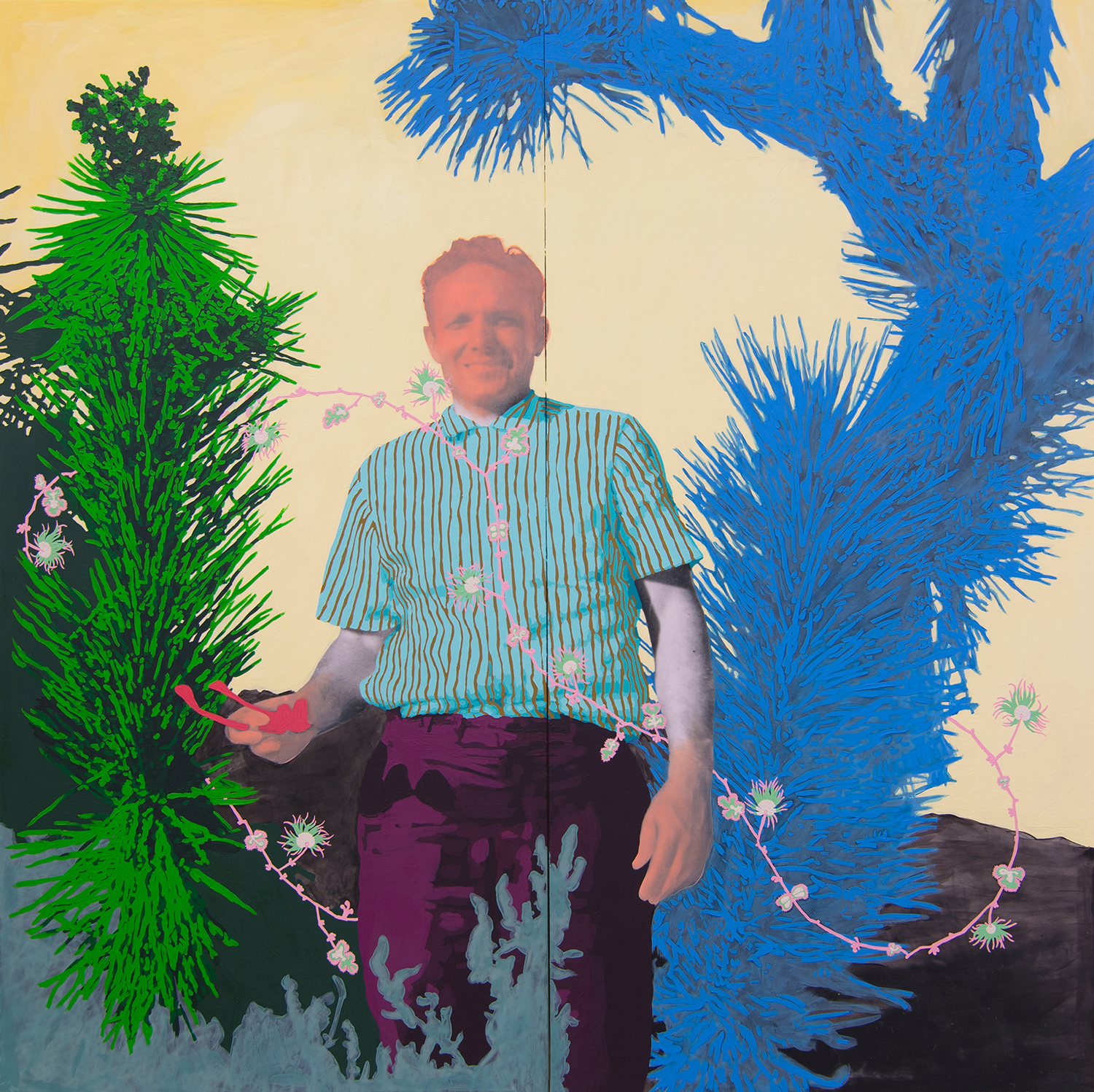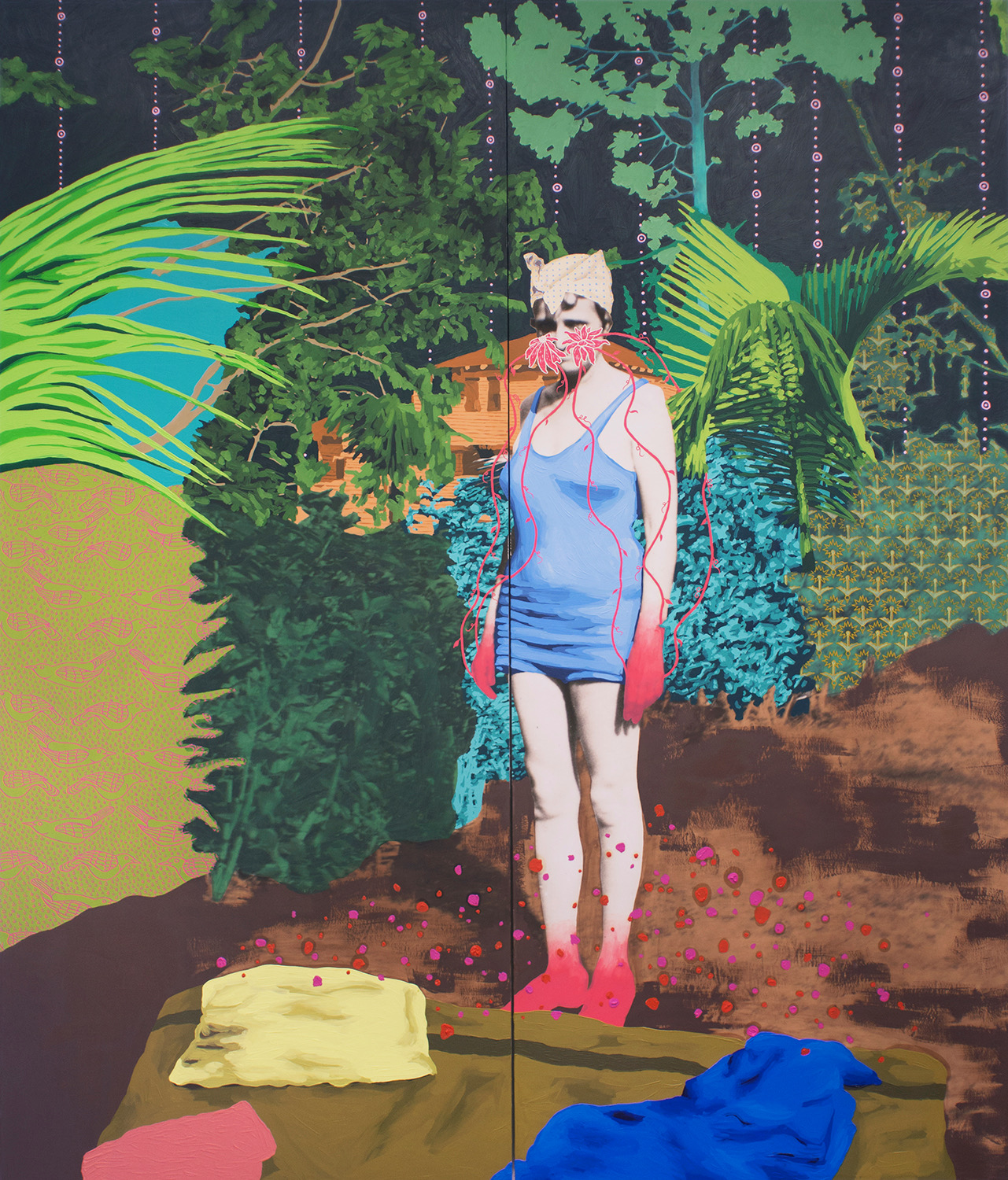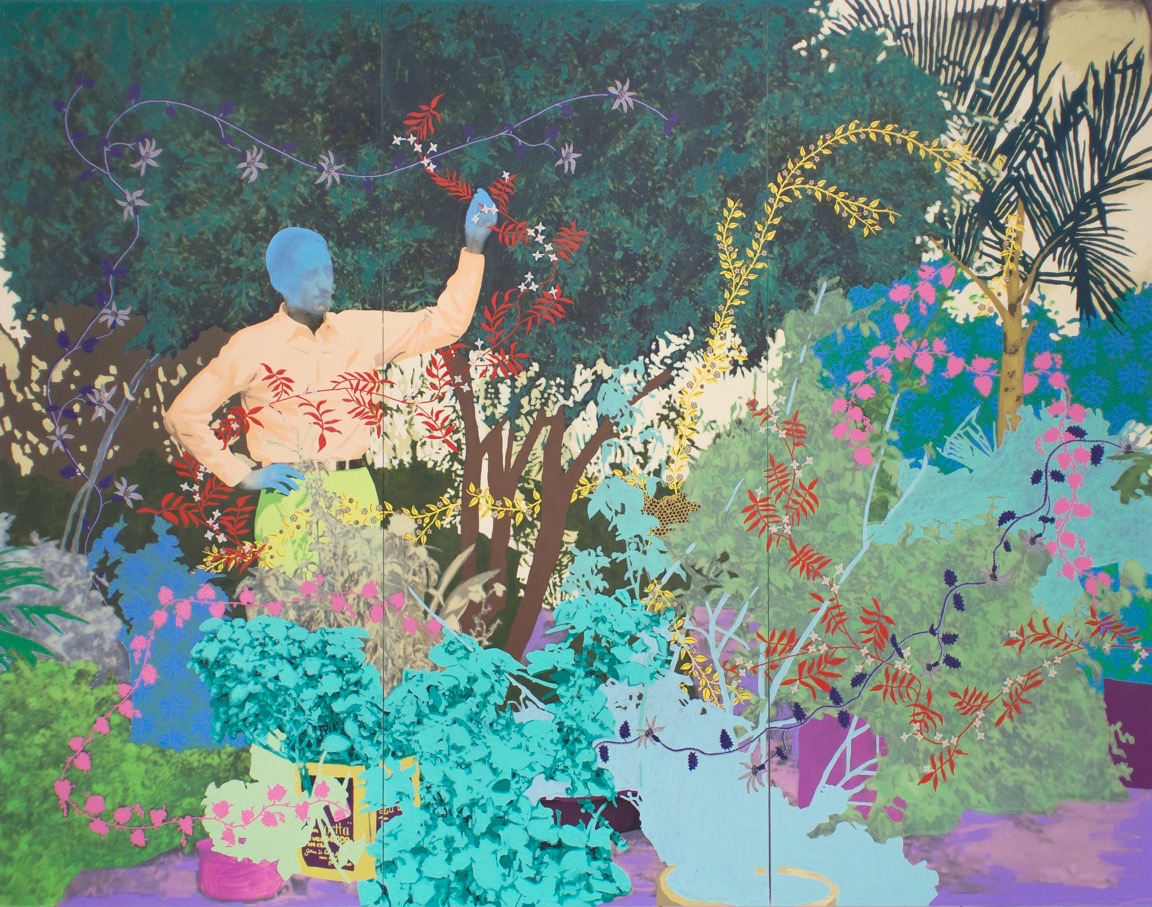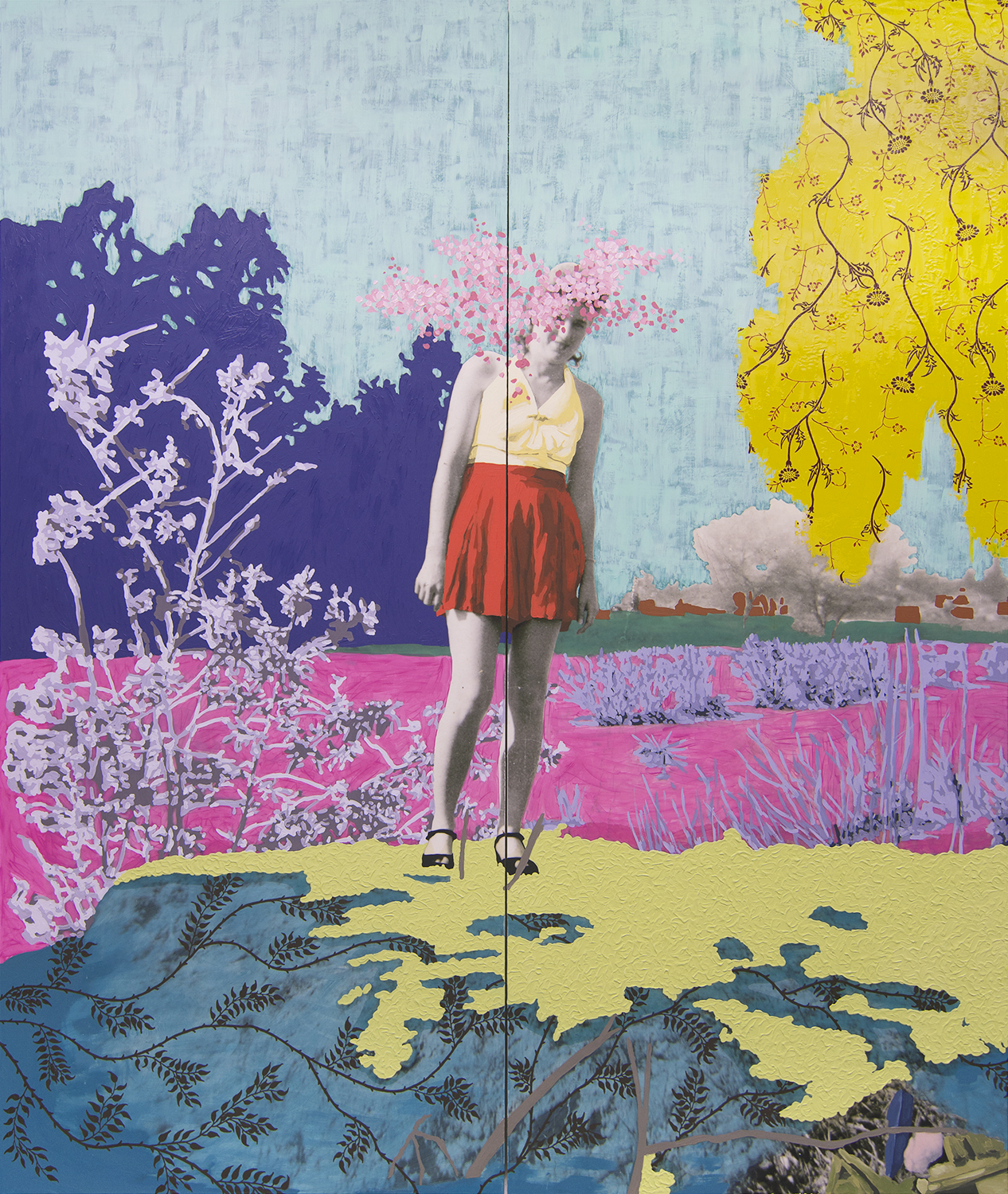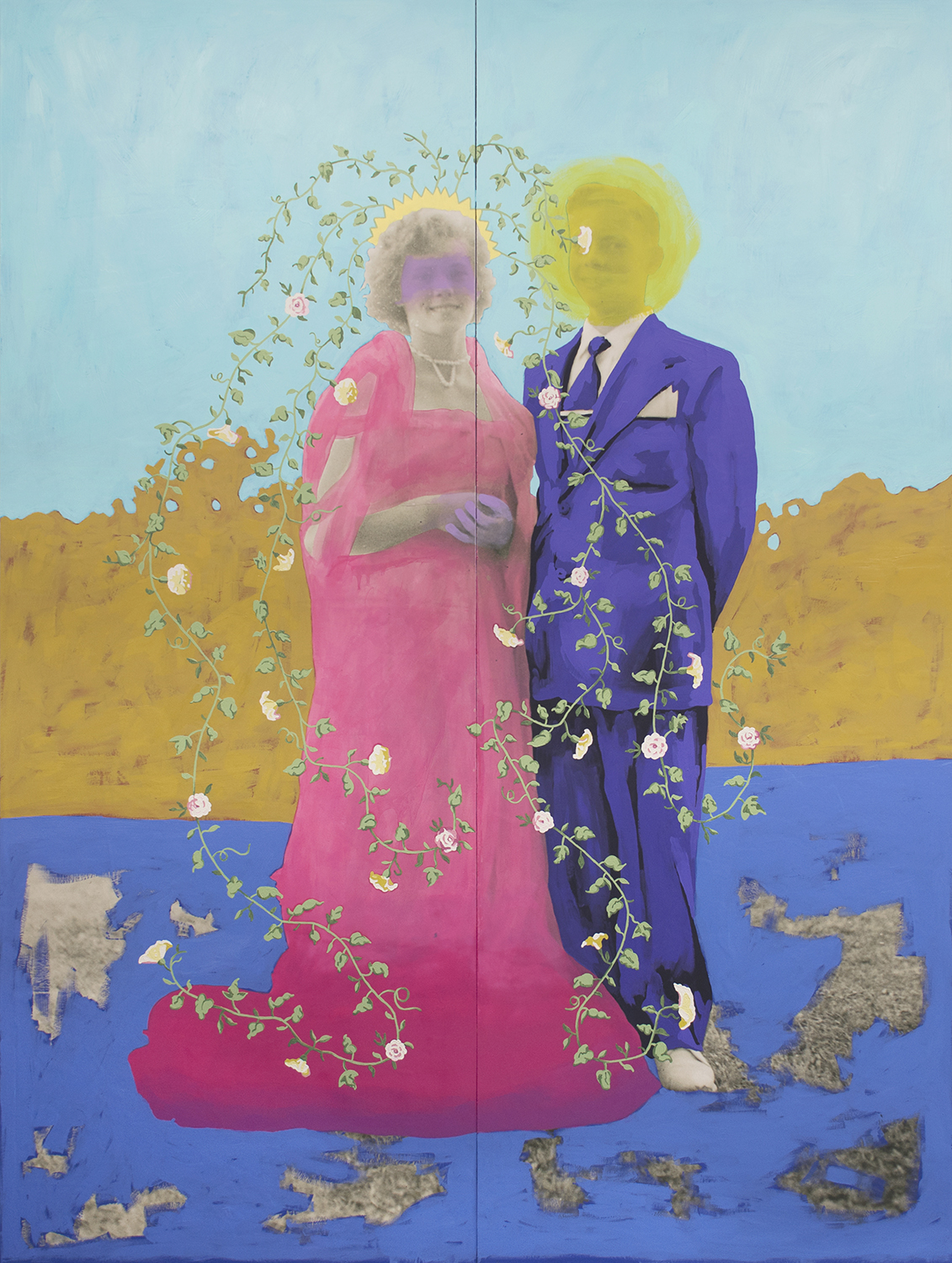Daisy Patton
Interview by Jimon
1. How would you describe Daisy Patton? I am restless and love learning, which means constant exploration and questioning. Being a workaholic is perhaps the best way of summing me up; after all, non-stop work means no time for negative thoughts or doubt. Additionally, while I am very devoted to my practice, supporting my peers in the art community is important, since I don’t see us in a zero-sum game but working collectively to expand our understanding of art, the world, and the personal.
2. Where do you call home currently? I am currently based in Denver, Colorado, although that will be changing soon!
3. Do you remember the first piece of art you created? How old where you? for as long as I can remember, I’ve made some kind of art—drawing, painting, etc. I have a couple of boxes where I’ve kept, older works as a way of documenting my progress as a small child until first-year undergraduate. I think the first thing I started keeping was when I was around 9 or 10, but I have the paraphernalia my mother kept from kindergarten onwards, which has a lot of drawings (mostly of dinosaurs).
4. Do you have academic training or is it inherent? I taught myself to draw and paint for the most part from many hours of practice. My mother took me to her art history classes when I was 5 or 6, so I learned a great deal about traditional Western art history and prominent painters from an early age. Also, I went to the University of Oklahoma for my BFA, where I also minored in history and art history, and my MFA is from the School of the Museum of Fine Arts, Boston/Tufts University. I used my time in school to refine my thinking and process, reading theory and learning about contemporary art, as well as other subjects outside art that still feeds into my practice today.
5. Your work is extremely diverse, what is the inspiration behind such abstract diversity? It’s hard for me to sit still for long, conceptually and media-wise. Organizing my art practice under the umbrella of history and memory allows for me to pursue these divergent series and paths, as well as preventing boredom. I generally tend to become more complex and find new aspects to continue working within a series, or I switch to another body of work if I get stuck or frustrated. I also think my work is reflective of my personality in some ways, in that there are multiple interests and facets of myself/my experiences I enjoy examining. I dislike restrictions, so being free to explore is as much a part of being an artist for me as the actual work itself.
6. How do you choose the colors in your pieces? For the Forgetting is so long series, it really depends. I am usually reacting to the original photograph, and sometime that means thinking of it in a color. My next piece is centered around a hunter/forest green, but I rarely am able to hold to one color! Once that first color is incorporated, then it’s just a matter of thinking of it in terms of relationships and balance. I typically mock up a color sketch in Photoshop to lay out colors but leave openness to change or adjust as the painting develops, since it is a painting and should be able to breathe as itself. I think this prep work has also resulted in really colorful, complicated color schemes because I rarely think of using neutral colors. Regardless of work, I always think in color first, which is why I disliked shooting black and white or working in monochromatic drawing only. I used to mentally practice when an undergrad how I would mix up various colors I’d see during the day, which aids now in the intricate compositions I work with now.
7. What is success to Daisy Patton? I think the bar for success changes periodically; as you accomplish your professional goals, you move the goalposts for new hopes for development and growth. This learning and evolution feels exponential and multi-dimensional—it’s exciting to be reminded that there’s still so much to know and experiment with. I also firmly believe that failure is intrinsically part of success. I know I’ll make bad paintings/bad art as I progress towards the good artwork, and rather than be intimidated or discouraged, I fully accept and embrace this as part of that process. Kim Liao talks about trying to get 100 rejections a year, not because of masochism, but because it means good work and acceptances as well. Studio work, especially painting, is so much wrapped up in process and the journey instead of the final piece; while I document and share my process, it can be strange but enlightening in looking back to see how the work developed. As long as I can constantly work, that feels pretty successful to me.
8. What advice would you give putative collectors? I think that collecting art that evokes a response, something you truly love and want to live with, is crucial. I also collect artwork (with my husband), and what I look for is often different than what other collectors might. I choose pieces I know I’d never make that I admire. The richness of being able to revisit and enjoy thoughtful, complicated art is something else I seek out. Art should challenge, raise questions, and provide windows into our surroundings and our world. Not to be narcissistic about this, but I once had a viewer cry after sitting with one of my paintings, and that was the highest compliment an artist could possibly dream of. I want to be able to revisit and reframe my thinking when I look at artwork—so collecting younger artists and art that you really love will always be rewarding. Collecting with the art market in mind is like investing in stocks—it stops being about the work itself and turns into speculation and a divorce from why the art exists in the first place.
9. Best advice you ever received in regards to your career as an artist? I can recall two really great pieces of advice: take time off between your undergraduate and graduate degrees to develop and solidify yourself and your portfolio, and you can’t call yourself an artist if you’re not working (so work!). But I’d add to other artists that exchanging studio visits is such a great way of networking, getting better at talking about your work and others, and building community among other artists.
10. Do you have a place/person/thing that you visit for inspiration? Constantly looking at other artist’s work is an important part of being an artist, since it keeps you current on the on-going conversation that is contemporary art. I also read voraciously and wildly different topics from art, both online and books, and that frequently finds its way into my practice and new series.
11. If you could have dinner with 3 artists living/dead who would be at your table? You know, I think this is one of those situations where I’d probably go hide in my kitchen! The saying “don’t meet your idols” is one that’s so often true—often these conversations are where ego or just general awful behavior/personality ruins the artwork that was once so beloved. Dinner means lots of casual conversation, and I’m not sure the artists whose work I adore would be the same I’d want to sit down and chat with. So perhaps I’d be more interested in the gossip or history side of things—Diego Velazquez to hear about the Hapsburg court, Francisco Goya on how to survive turbulent political times, and Sophie Calle on her many amazing, boundary-pushing projects (especially the Address Book one that got her into trouble).
12. Name three things you can’t live without in your studio? I keep two studios, one for painting and another home/office for digital work and printing. So I’ll cheat and give three for each. For painting: 1. solid walls with no windows (I prefer evening lighting when painting, which I know is odd for many painters!), 2. paint and brushes, of which I’ve had some for over 15 years, and 3. snacks, since if you get hungry while working, you stop working. For home: 1. Leroy, my large format printer, 2. Photoshop, and 3. the internet for research and inspiration.
13. Anything else you’d like to mention that I didn’t ask? I have several shows coming up in 2018, but there are two I’m most excited about (and focused on). My first museum solo will be at the CU Art Museum at the University of Colorado, Boulder from July 19-Nov. 3, which will use funerary imagery as part of Forgetting is so long. The second is a solo with my gallery K Contemporary in Oct. 2018, which will be garden themed. I see them both intertwined, dealing with ideas of artificial nature, cycles of life and death, beginnings and endings.
you can purchase artist’s work in the BUY section.
Back to List